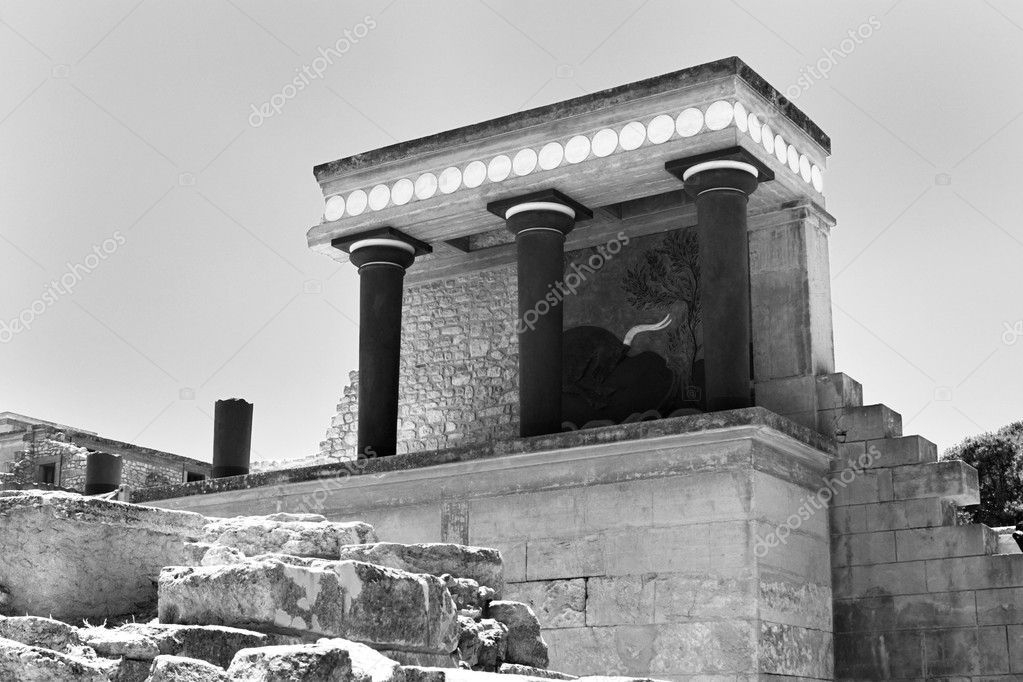Knossos North Entrance — Photo
L
2000 × 1333JPG6.67 × 4.44" • 300 dpiStandard License
XL
3072 × 2048JPG10.24 × 6.83" • 300 dpiStandard License
super
6144 × 4096JPG20.48 × 13.65" • 300 dpiStandard License
EL
3072 × 2048JPG10.24 × 6.83" • 300 dpiExtended License
The North Entrance to the Minoan "palace" of Knossos on Crete, Greece, with the Arthur Evans reconstruction of what it may have looked like almost 5,000 years a
— Photo by Paul_Cowan- AuthorPaul_Cowan

- 7037475
- Find Similar Images
- 4.5
Stock Image Keywords:
Same Series:
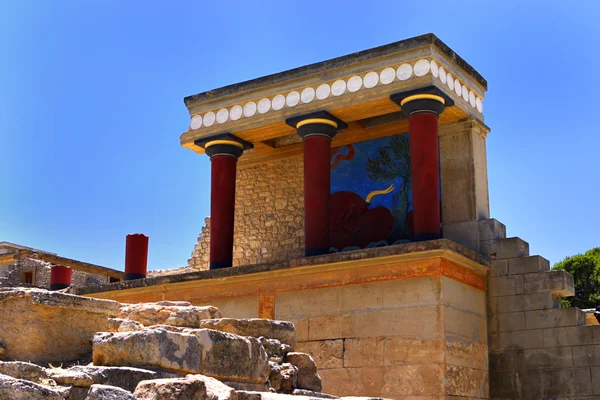
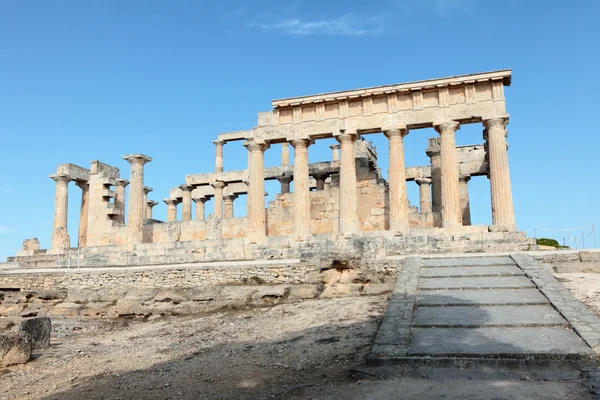

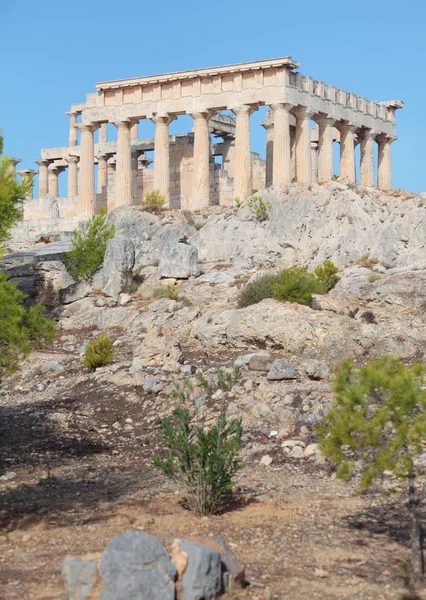

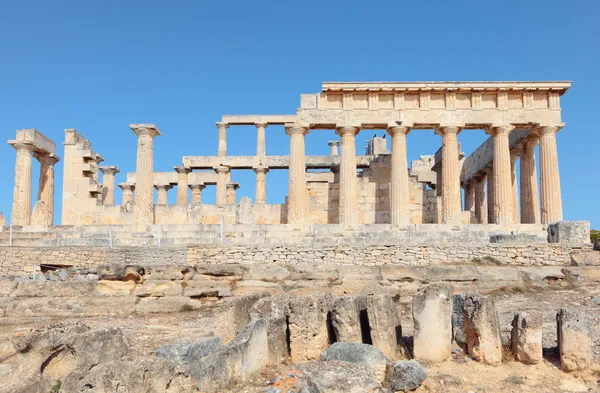
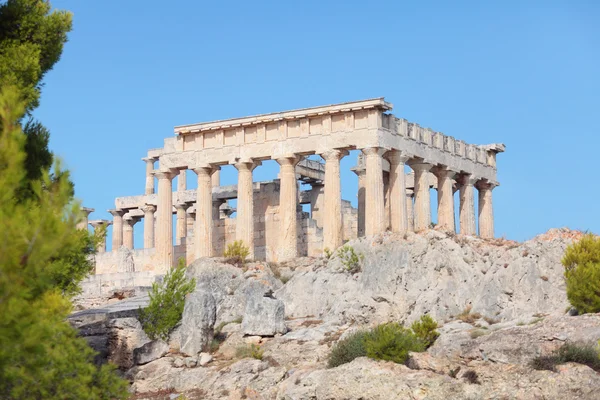
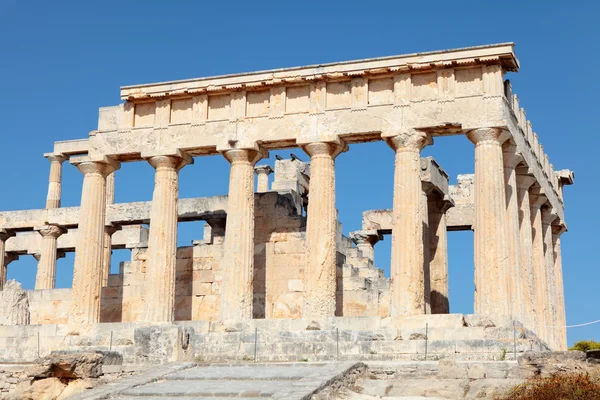
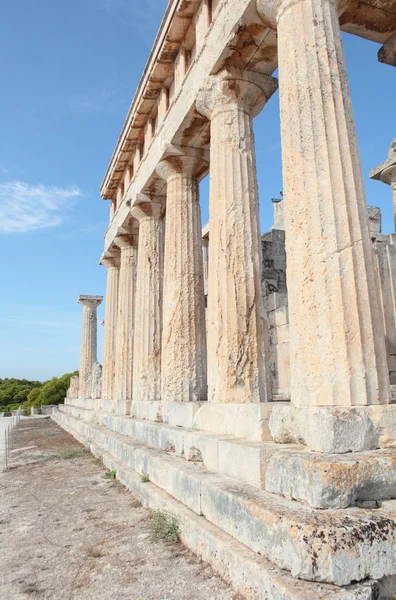
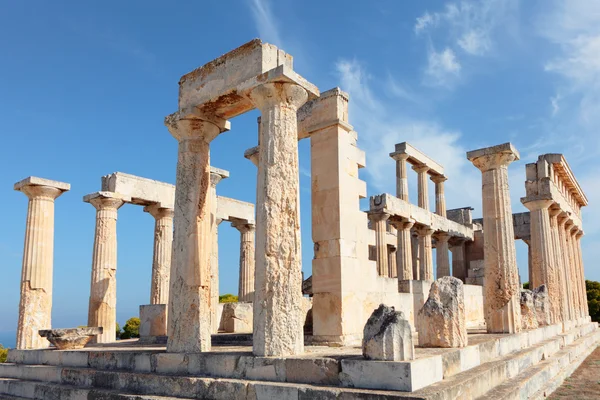
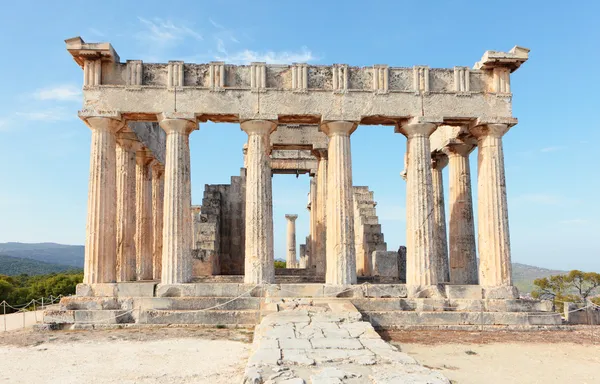
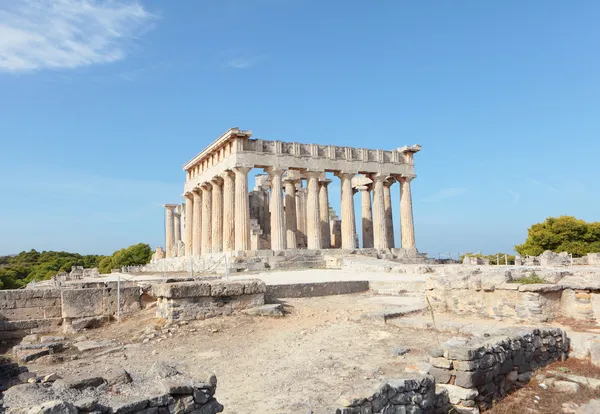
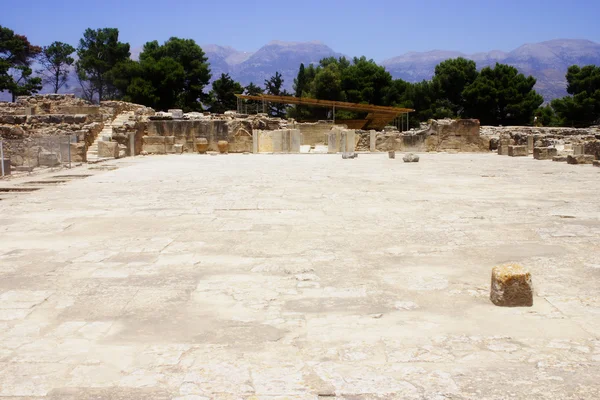
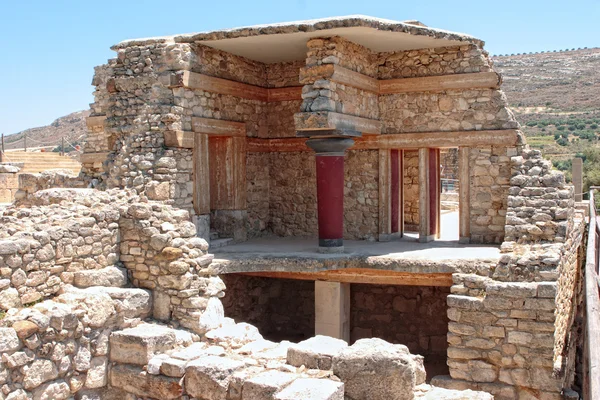
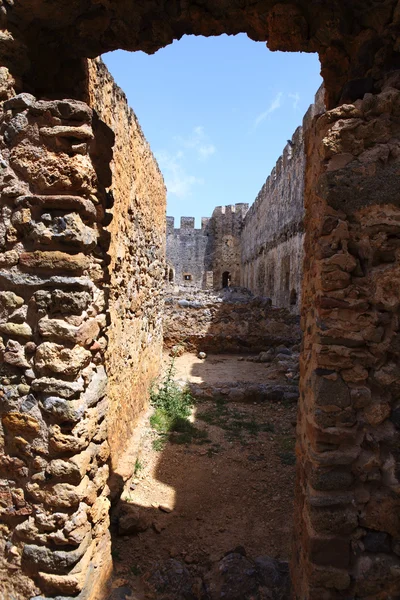
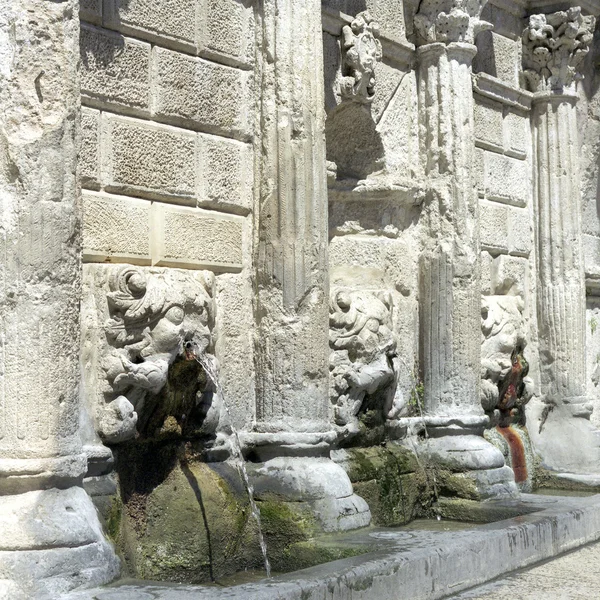
Usage Information
You can use this royalty-free photo "Knossos North Entrance" for personal and commercial purposes according to the Standard or Extended License. The Standard License covers most use cases, including advertising, UI designs, and product packaging, and allows up to 500,000 print copies. The Extended License permits all use cases under the Standard License with unlimited print rights and allows you to use the downloaded stock images for merchandise, product resale, or free distribution.
You can buy this stock photo and download it in high resolution up to 3072x2048. Upload Date: Oct 3, 2011
